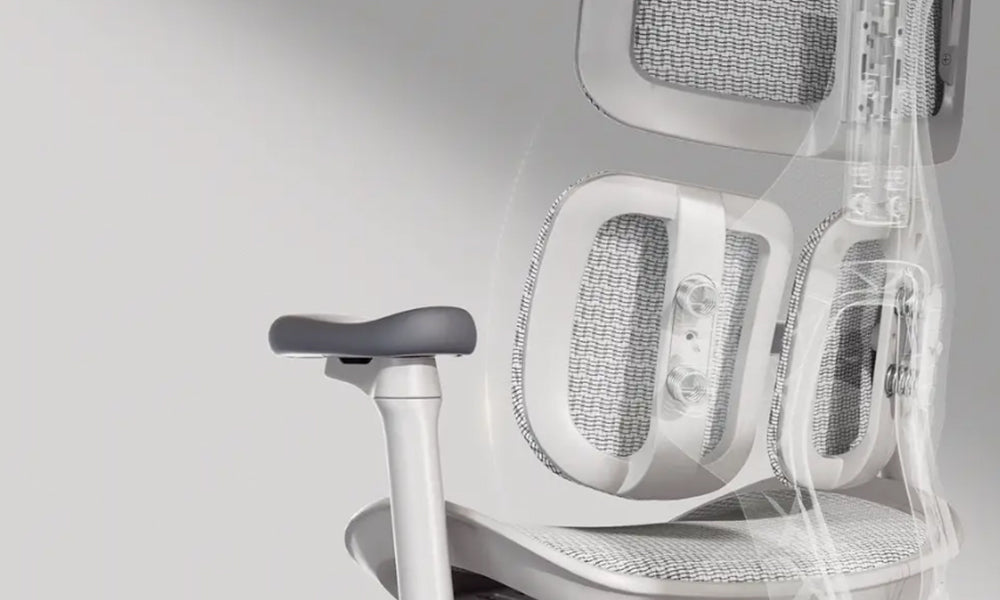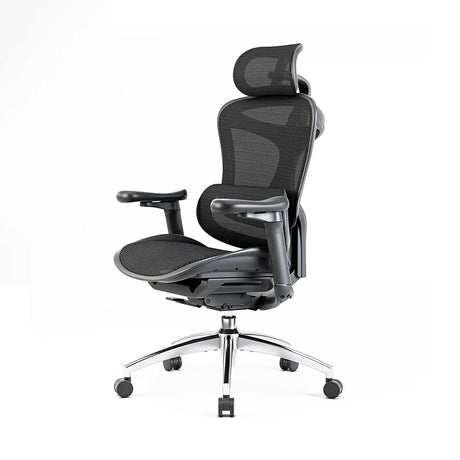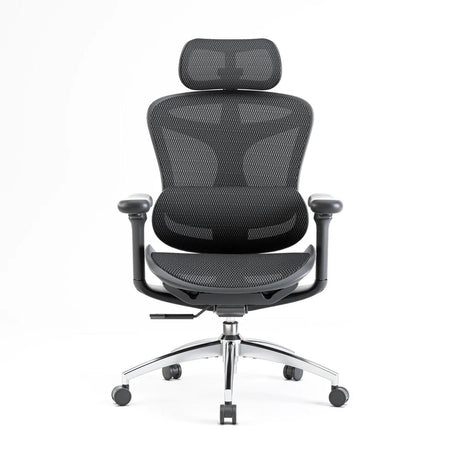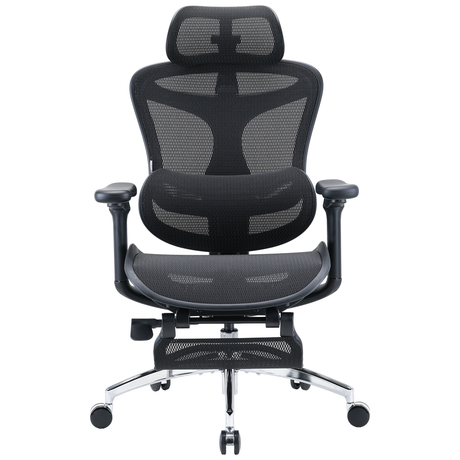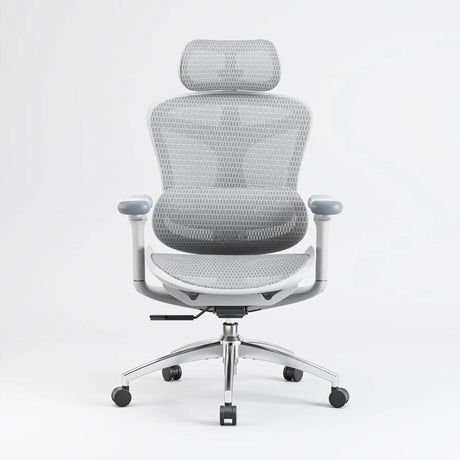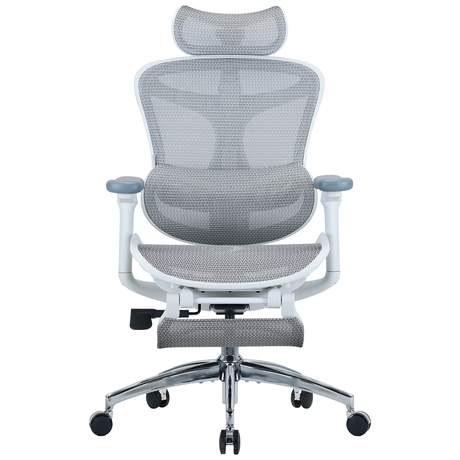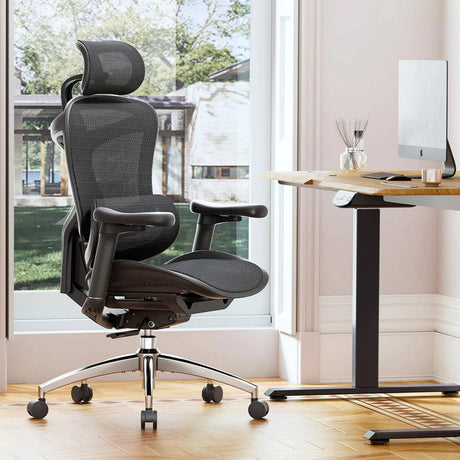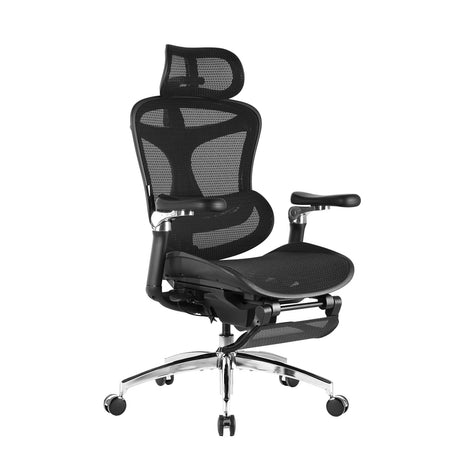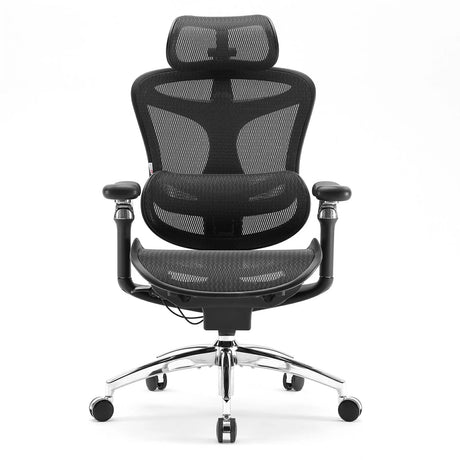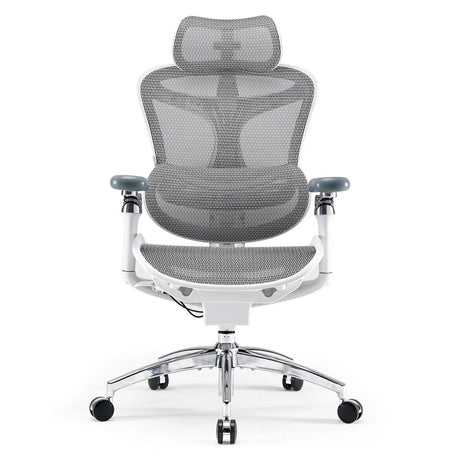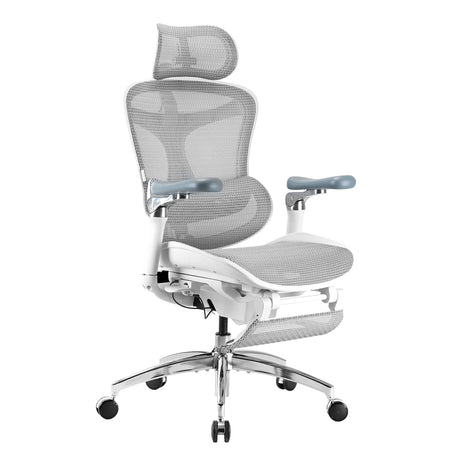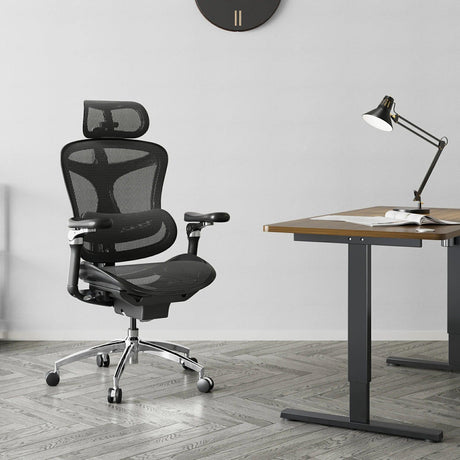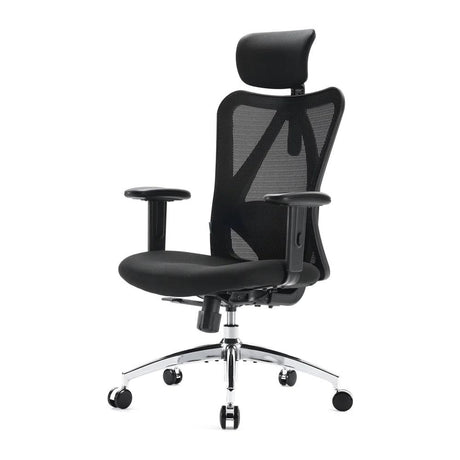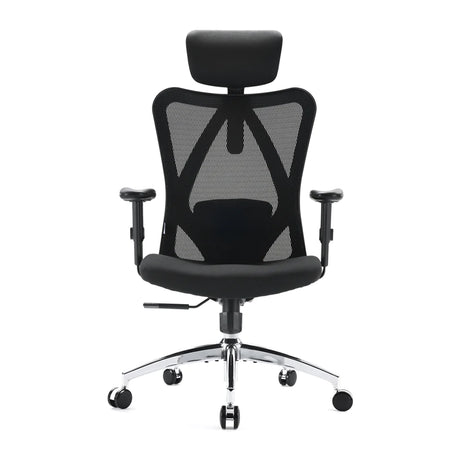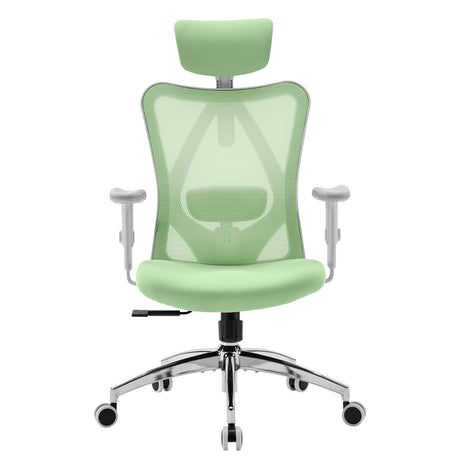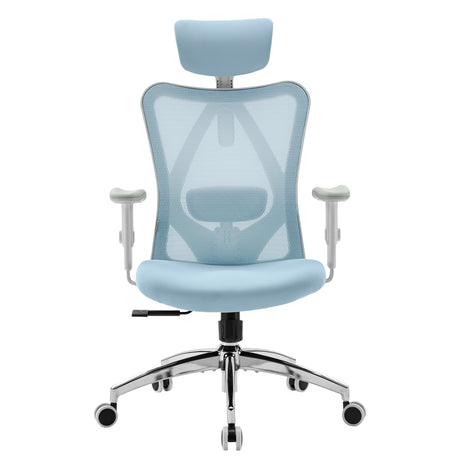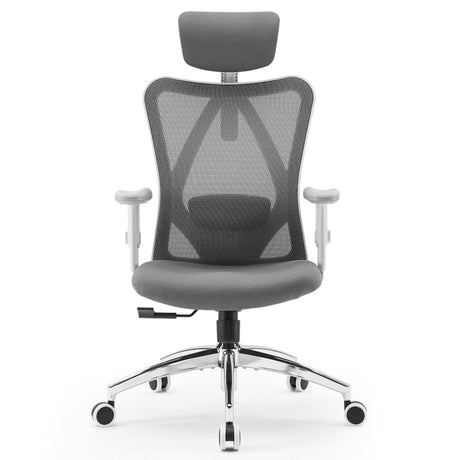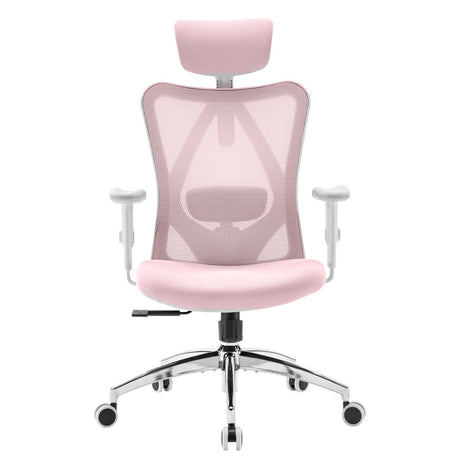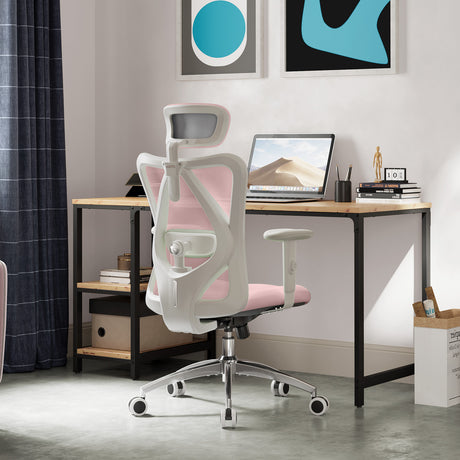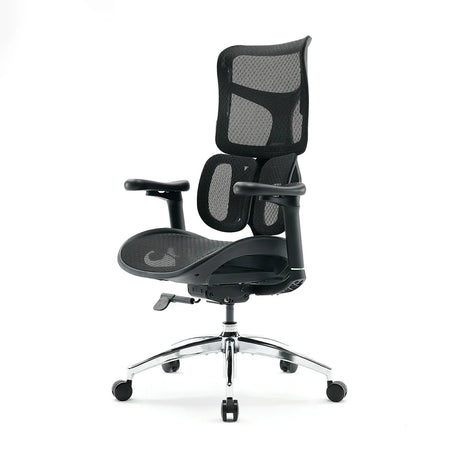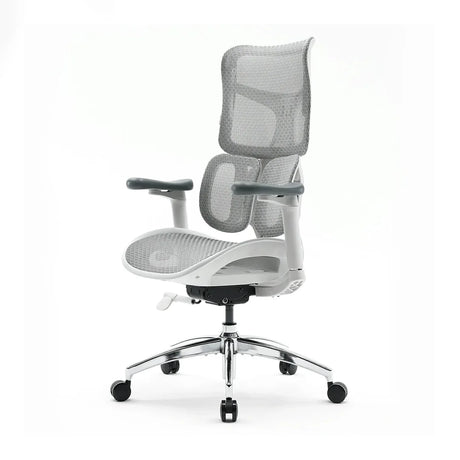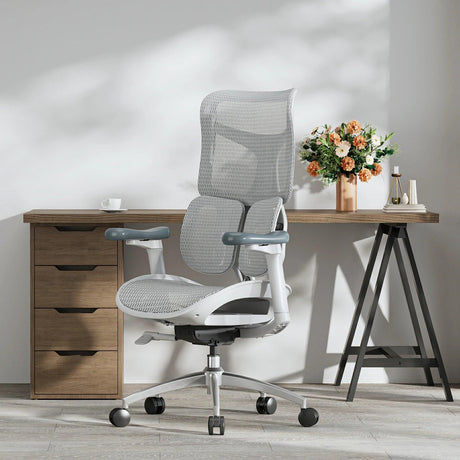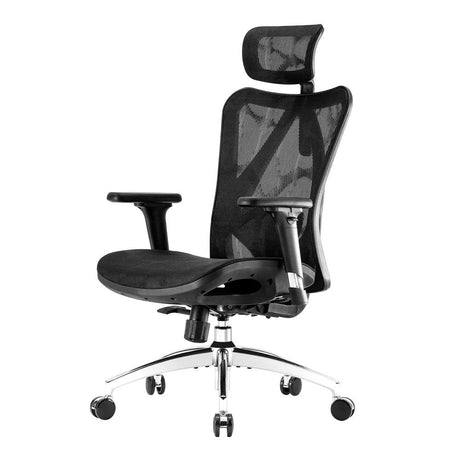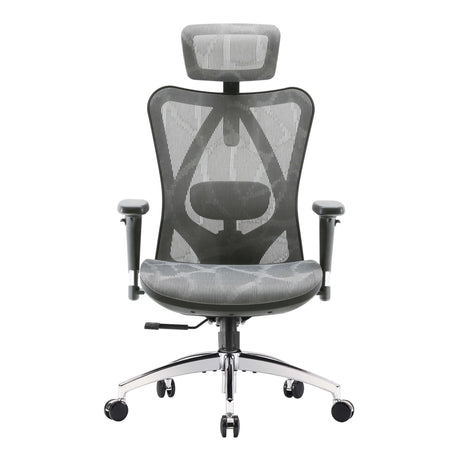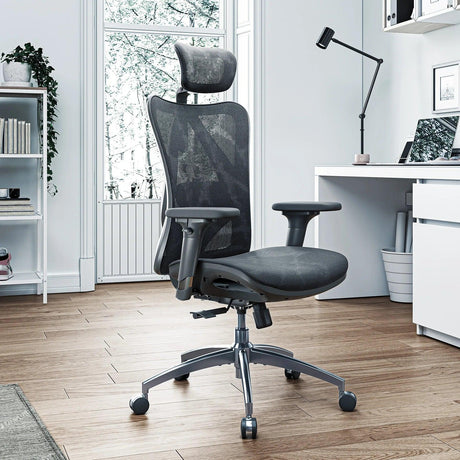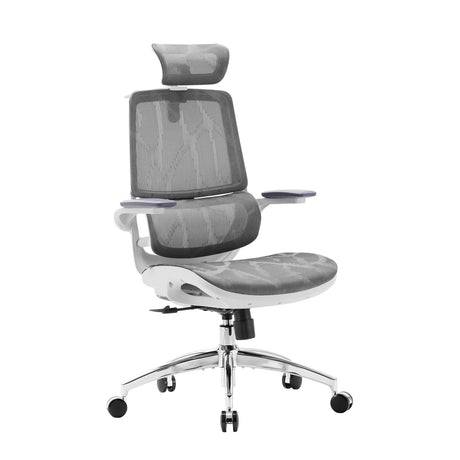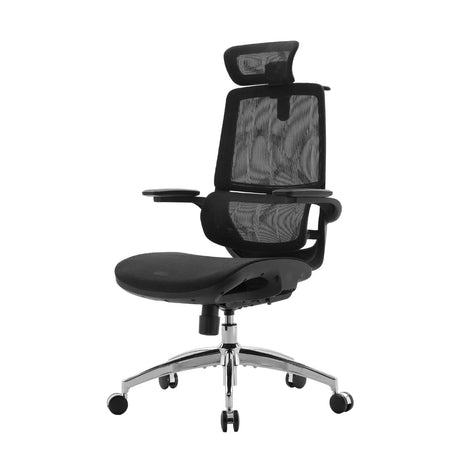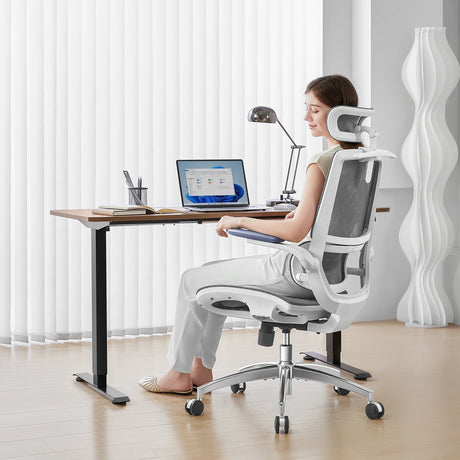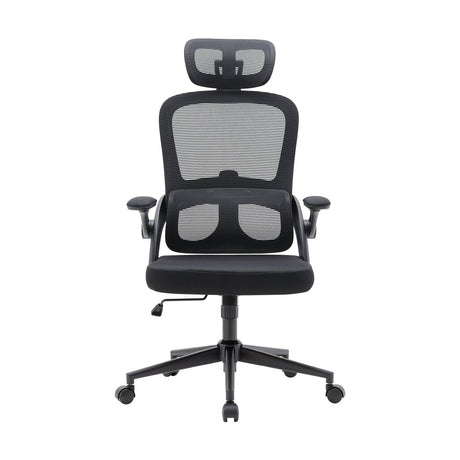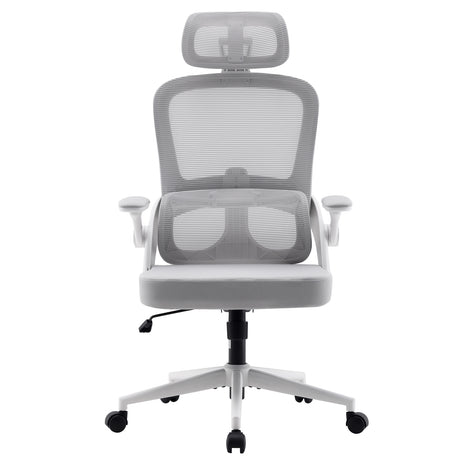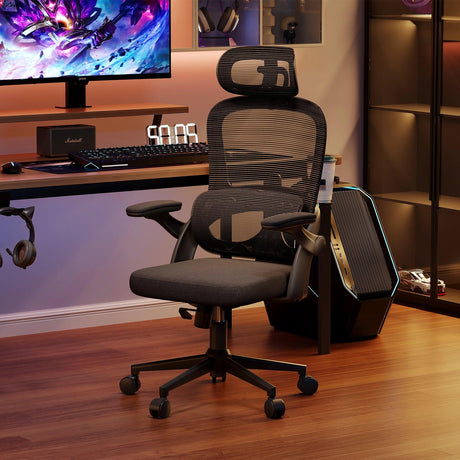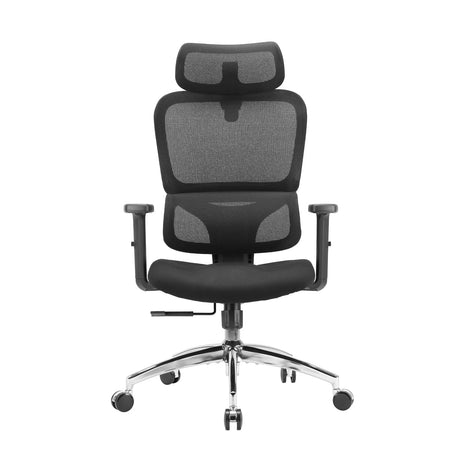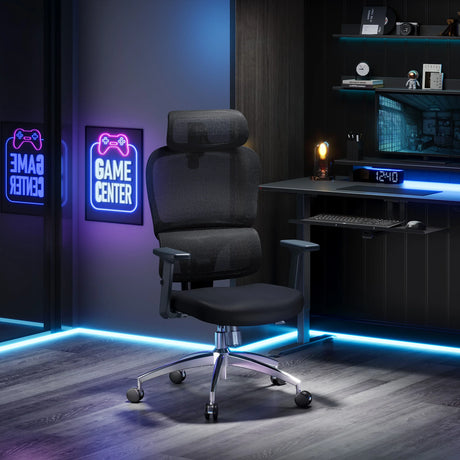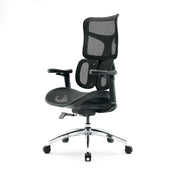When shopping for an ergonomic office chair, weight limits are often the first specification tall and heavy users check. While this is crucial, focusing solely on weight capacity can mean overlooking other vital features that contribute to overall comfort, support, and durability. To ensure the best experience, tall and heavy users need to consider several key aspects beyond just weight limits.
Reinforced and Sturdy Frame
Durability is paramount when choosing an ergonomic chair for tall and heavy individuals. Look for chairs made with reinforced steel or heavy-duty aluminum frames. These materials ensure longevity and stability, preventing structural wear and tear from long-term use.
Wider and Deeper Seat
A chair designed for broader body types should offer a spacious seat with ample depth. A seat width of at least 20 inches and a depth of around 18-22 inches is ideal. Seat depth adjustability is another great feature, allowing users to customize their sitting position for optimal support.
High Backrest with Neck and Lumbar Support
A high backrest is essential for taller users to ensure proper spinal alignment. Chairs with adjustable headrests or extended backrests accommodate a variety of heights. Additionally, dynamic lumbar support is beneficial, as it adapts to the user's lower back and provides continuous comfort.
Heavy-Duty Base and Casters
A five-star base made of metal instead of plastic is crucial for stability. Ensure that the chair’s casters are built for high weight capacities and roll smoothly on different floor types. Reinforced wheels prevent breakage and allow effortless mobility.
Adjustable Armrests with Ample Width
Armrests should be wide and sturdy, with adjustable height and width options. 4D or 6D armrests allow users to adjust them in multiple directions (height, width, depth, and angle), ensuring arms are properly supported regardless of body shape.
High-Density Foam or Memory Foam Cushioning
Heavy users should opt for chairs with high-density foam or memory foam seat cushions. These materials resist compression and maintain their shape over time, preventing discomfort and pressure points during prolonged sitting.
Breathable and Durable Upholstery
Choose upholstery that is both breathable and durable. Mesh backrests promote airflow, reducing heat buildup, while high-quality leather or fabric ensures long-lasting wear without tearing or fading.
Tilt Mechanism and Reclining Feature
A robust tilt mechanism that supports recline functions is crucial for back relief and comfort. Chairs with synchro-tilt or weight-sensing reclining allow smooth adjustments without excessive force, providing relaxation during extended sitting sessions.
Seat Height Adjustability with Extended Range
Tall users require a chair with an extended seat height range. A height adjustment range of at least 18-22 inches or more ensures that their feet are firmly planted on the ground, promoting proper posture.
Weight-Sensitive or Reinforced Gas Lift
Standard gas cylinders may not support heavier users effectively. A weight-sensitive or reinforced gas lift ensures smooth height adjustments and prevents sudden drops, offering stability and reliability over time.
Conclusion
Finding the right ergonomic chair for tall and heavy users goes beyond weight limits. Prioritizing reinforced construction, spacious seating, proper lumbar and neck support, and high-quality materials ensures comfort, durability, and a better sitting experience. By carefully evaluating these features, users can invest in a chair that supports their body optimally, leading to improved posture and long-term well-being.
